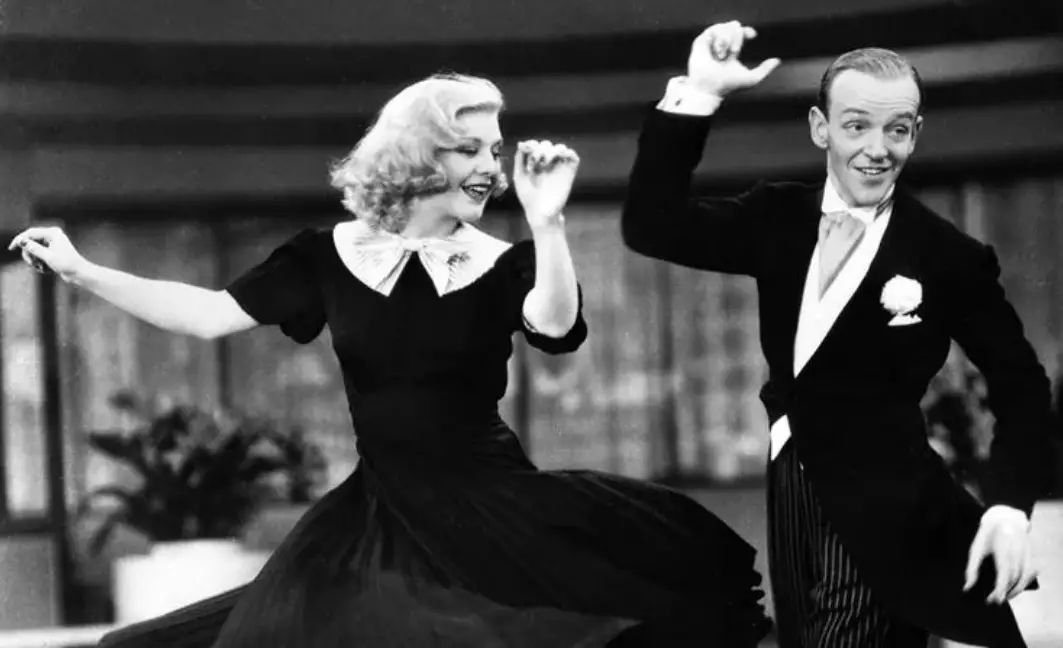Although it may come as a surprise to some, the hard-working women in film know that without women, the industry as we know it would cease to exist. The 45th governor of Texas, Ann Richards, once said, “After all, Ginger Rogers did everything that Fred Astaire did. She just did it backwards and in high heels.” Such an analogy could not better describe the history of women on and behind the camera.
In Alicia Malone’s relatively new cinematic nonfiction book, “Backwards and in High Heels,” the reader is taken on a historical journey from the time of Edison’s invention of the kinetograph all the way to Carrie Fisher and her legacy. Malone dedicates this book “For my fellow movie geeks,” and indeed movie geeks and feminists alike are sure to enjoy this easy-to-read work.
From 1900 to the 1920s, more women than men were on top in Hollywood. When the Great Depression hit, men found value in the film industry. As studios went bankrupt, men took over the scene and made it a boy’s club. Ever since the 1930s, Hollywood has been run by men, and women have been fighting their way back into Hollywood ever since.
Big names like Mary Pickford, Margaret Booth and Frances Marion were pioneers of American film. Pickford not only starred in films but was the first female independent film producer; Booth was the first person to ever be labeled in cinema credits as a “film editor”; and Marion was not only the highest-paid screenwriter of the 1930s and ‘40s, but she received two Academy Awards in the same field.
However, women behind the camera weren’t the only trailblazers in the early 1900s. Notable actresses like Mae West and Anna Wong made the first dents in the cookie-cutter ideal that required beautiful, blonde stars. Unlike Rita Hayworth and Marilyn Monroe, West was able to have her cake and eat it too. She was a risky playwright who earned enormous fame. Paramount even reached out to her multiple times when they were in a financial hole. West demanded “final cut approval, the ability to choose her director and leading man (Cary Grant) and […] to write a new script.” She once said, “You only live once, but if you do it right, once is enough.”
Anna Wong made big leaps for racial acceptance in Hollywood. Whitewashing, a phenomenon Anna Wong challenged, is the act of using white actors in films written for non-white actors. Men made Hollywood a business rather than an art haven, and they found it more financially viable to cast a big-name actor to play a character of non-white descent than to hire a no-name actor of the correct ethnicity. Wong was tired of getting type-cast as the servant or a dragon lady, and had her big break in “Shanghai Express.” Even though China denounced her as a “traitor” for her role, she made a big leap in a positive direction for non-white actors in America.
But have things gotten any better? Malone poses that very question in the second section of the book, titled “The Present.” Dr. Martha Lauzen is the executive director of the Center for the Study of Women in Television and Film. She has done copious amounts of research on the gender, pay and racial gap in Hollywood.
The pay gap between men and women remains obvious, despite the Equal Pay Act of 1963. In addition, in 2016 alone, of the top 250 films made that year, only 7-9 percent were made by female directors.
What’s more, critically, men rule the way moviegoers think about film. As of 2016 again, men made up around 73 percent of Rotten Tomatoes’ reviews. A lack of female critics means film and television reviews will heavily favor movies that cater to male tastes, and this distorted feedback loop will only reinforce itself if uninterrupted. For instance, when googling “best directors of all time” and “best film critics of all time,” a common theme occurs: old white men and Spike Lee. A few women are on the list after scrolling down for a while.
Jennifer Seibel Newsom, the writer and director of “Miss Representation,” has made it a part of her mission to make these discrepancies known. Her documentary features women behind and on camera to give their points of view on what it is like to work in the field. The film’s appearance at Sundance elicited positive reviews and calls for more similar work from the director.
Newsom then created The Representation Project, a campaign promoting social change. Based on research done in 2011, “the board of Walt Disney (from women to men) is 4:13, Time Warner 2:13, MTV 2:11, and Fox 1:16.”
The project elaborates, saying, “Women hold only 3% of clout positions in telecommunications, entertainment, publishing and advertising.” In other words, 97 percent of American politics, media and life are built on the male perspective.
Walking backwards in heels is something men will never understand; it is a struggle women face because of their misrepresentation in media. The goal for women in film is not to destroy the men in control, however, but rather to collaborate.
Indeed, the third part of the book focuses the future. The section is only one-and-a-quarter pages long, which means the future is hard to predict at this point. Malone, however, is optimistic about the future for women in film, and her book is yet another resource in the fight for equality.
If you enjoy Alicia Malone, check out Jennifer Siebel Newsom’s “Miss Representation” and “The Mask You Live In.”
















